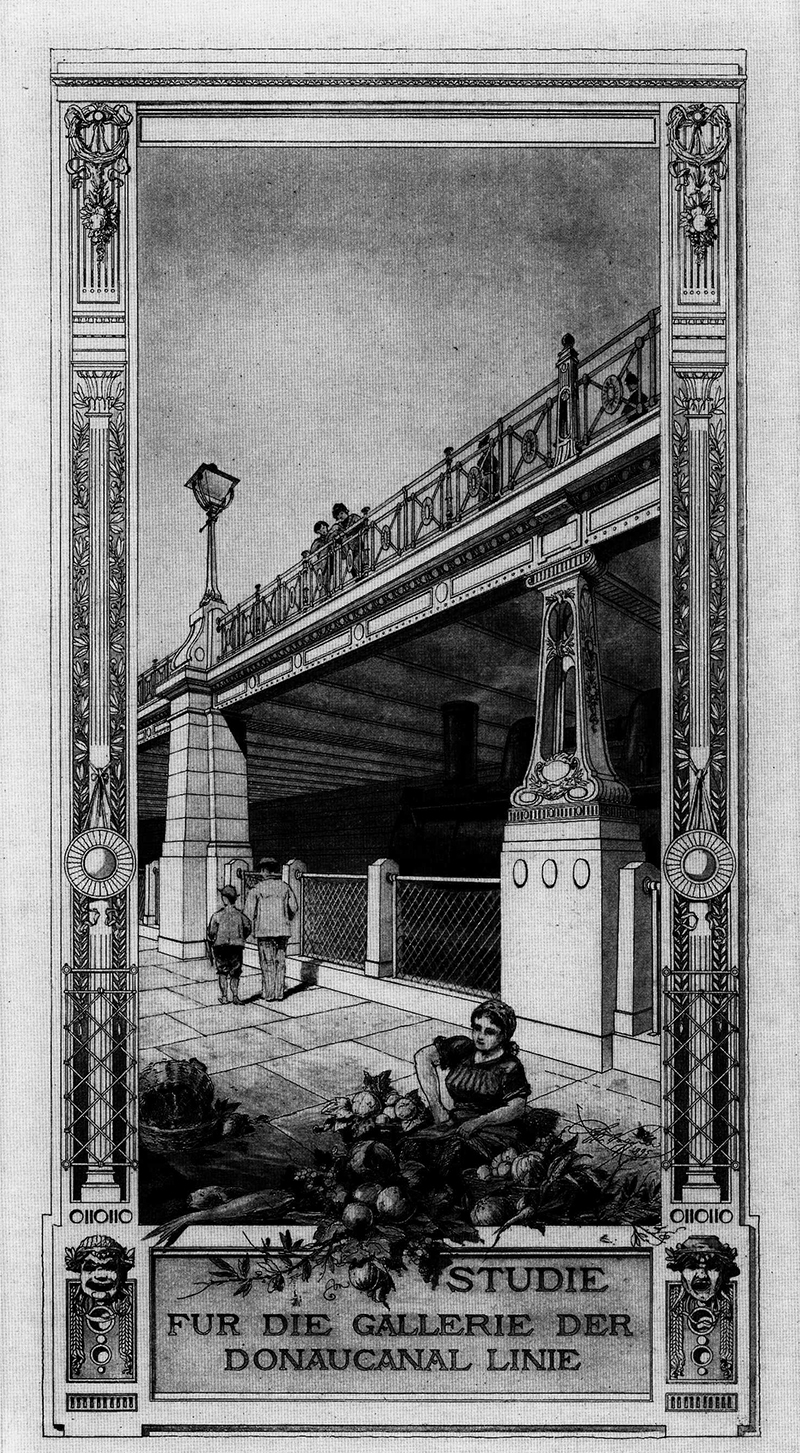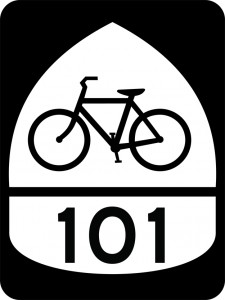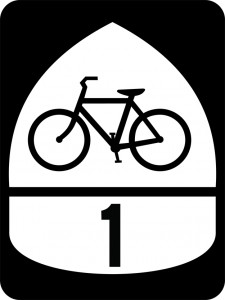All-singing, all-dancing design giant AECOM is sponsoring
a student design contest for urban-scale interventions in cities with complicated relationships to their borders:
This year, we are seeking integrated design, planning, environmental restoration and engineering responses that address border, gateway and edge/fringe conditions in cities worldwide. Proposals should address urban sites currently facing chronic liveability challenges that are largely the result of a city’s location on a physical, political, cultural or economic border.
Now, I bet they’re are talking about urban centers near international borders, because those borders are much more absolute and lead to fascinating instances of disparity and extrastratecraft as business and humanity grind against governmental systems. Nonetheless, given the expectation of feasibility, I see an opportunity for proposals involving DC because its unusual legal condition is so intensified by its small size, unique economy, and structural formation.
Consider the consequences of legislative boundaries around DC: voting rights, income tax losses, diminished school funding, job opportunity, metro funding, etc. Or the geographic limitations of the Potomac, Anacostia, and Rock Creek Park: income distribution, commuting bottlenecks, racial division, and so on. Finally, what about the relationship of DC to the rest of the United States and the world? DC requires the usual things cities import, like food, but it also transfers enormous amounts of wealth, power, and human capital globally. Just because this infrastructure is not physical, does not mean that it does not have physical consequences, e.g. the security duck and the extensive but inadequate infrastructure.
I suppose that the crises are less severe in DC, but I don’t think design will solve these problems. Instead, the curiousness of Greater Washington’s legal structure can be a much more subtle way of understanding the mechanics of government.





 It’s still a lot of semi-imaginary cash thrown at highway construction, which isn’t a good long term allocation for several reasons, but at least they tell us where it’s going with maps…
It’s still a lot of semi-imaginary cash thrown at highway construction, which isn’t a good long term allocation for several reasons, but at least they tell us where it’s going with maps…